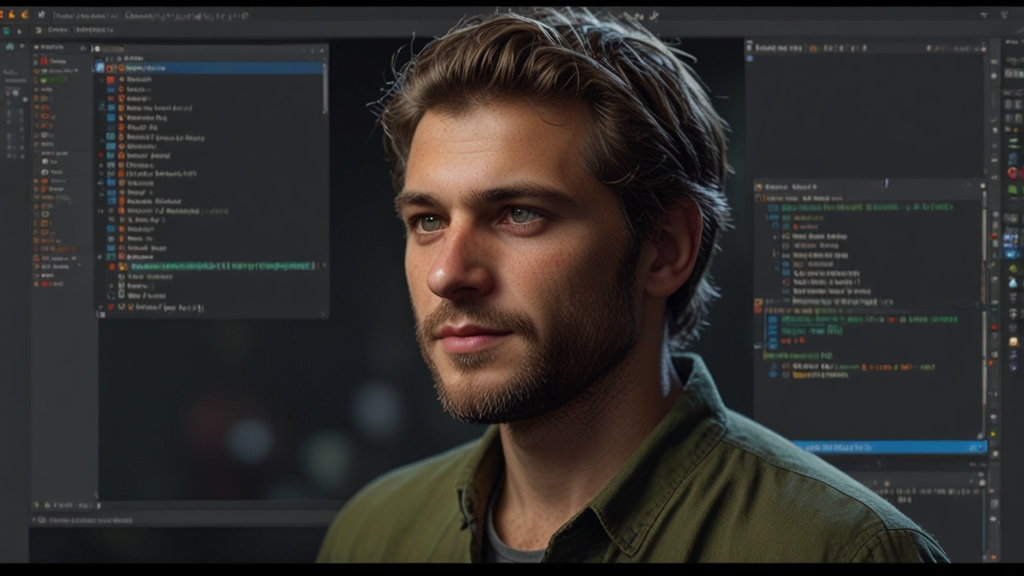The Future of Web Design: HTML and CSS in 2024
The landscape of web design is one of constant evolution, continually shaped by advancements in technology, user expectations, and design trends. As we look forward to 2024, it's clear that HTML and CSS will remain fundamental components of the web development toolkit. However, their roles and capabilities are poised to expand significantly, driven by several emerging trends and innovations.
Enhanced Semantics and Accessibility
One of the most significant trends in web design is the emphasis on semantics and accessibility. HTML5 introduced a range of new semantic elements that help developers create more meaningful and accessible web content. By 2024, we can expect further enhancements in this area, with potential new elements or attributes that refine how content is structured and understood by assistive technologies.
"Accessibility is not a feature, it's a social trend that touches on every aspect of web design. The web is designed to work for all people, whatever their hardware, software, language, location, or ability." - Tim Berners-Lee, Inventor of the World Wide Web
Improved semantic elements will make it easier for developers to build websites that are not only more accessible to users with disabilities but also better understood by search engines, leading to improved SEO outcomes.
CSS Grid and Flexbox: The Future of Layout
CSS Grid and Flexbox have already revolutionized how we approach layout design. By 2024, these technologies will likely be even more integral to web design, with further enhancements and widespread adoption. CSS Grid provides a powerful, two-dimensional system that allows for the creation of complex layouts with ease. Flexbox, on the other hand, excels at managing one-dimensional layouts and distributing space along a single row or column.
The combination of CSS Grid and Flexbox will enable developers to create responsive, adaptive designs that can seamlessly transition across various screen sizes and devices. Additionally, upcoming CSS features such as the Subgrid module will offer even more control and flexibility, allowing for nested grids and more intricate design patterns.
Variable Fonts and Advanced Typography
Typography has always played a crucial role in web design, and variable fonts are set to push the boundaries even further. Variable fonts allow for a single font file to contain multiple variations, such as different weights and styles. This not only reduces the number of HTTP requests but also opens up new creative possibilities for designers.
"Typography is the craft of endowing human language with a durable visual form." - Robert Bringhurst, Typographer and Author
By 2024, we can expect variable fonts to become a standard practice, enabling fluid and adaptive typography that can respond to user interactions and screen sizes. This will lead to more cohesive and visually appealing web experiences.
Advanced CSS Animations and Interactivity
Animations and interactivity have become essential elements of modern web design. CSS animations and transitions provide a way to add dynamic behaviors to web elements without relying on JavaScript. Over the next few years, we can anticipate further advancements in CSS animation capabilities, making it possible to create more complex and performant animations directly within CSS.
New CSS properties and features, such as the Houdini API, hold the potential to unlock even greater creative possibilities. Houdini allows developers to access the CSS Object Model (OM) directly, enabling the creation of custom styling and layout behaviors that were previously impossible.
Conclusion
As we look ahead to 2024, it's evident that HTML and CSS will continue to be the bedrock of web design. However, their roles will evolve, empowered by advancements in semantics, layout techniques, typography, and animations. These innovations will enable designers and developers to create more accessible, responsive, and visually engaging web experiences. Staying abreast of these trends and continuously exploring new capabilities will be key to mastering the future of web design.
"The web is constantly evolving, and so too must web designers evolve. Embrace new tools, follow emerging trends, and always prioritize the user experience." - Unknown
The future of web design is bright, and with HTML and CSS at the forefront, it promises to be an exciting journey filled with endless possibilities.






